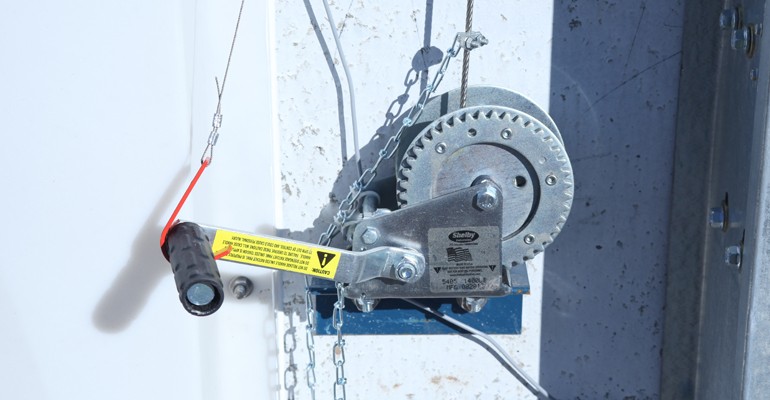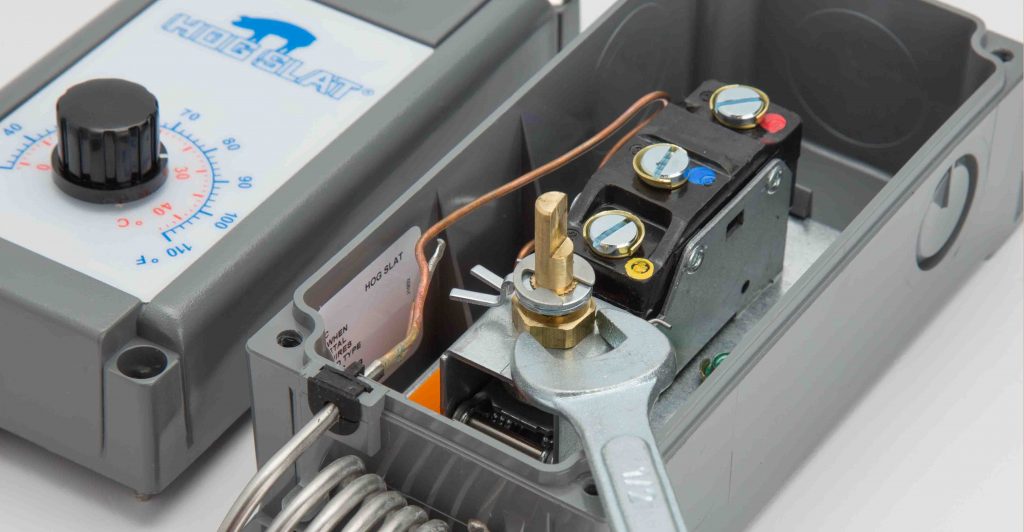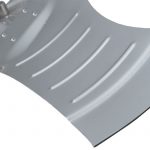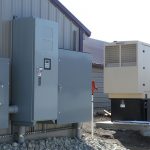A well-designed facility includes back up systems to prevent losses from power outages or equipment failures.
Begin with examining the actual wiring scheme of the fans, controllers, and override thermostats. A common mistake is wiring the first override thermostat on the same breaker as the controller causing both to fail if the breaker is lost. Also, verify the override thermostat is wired with the first large summer ventilation fan. Set the override thermostat six to eight degrees above controller set point for that stage. Remember to adjust the override thermostat down to maintain this spread as the controller’s temperature curve decreases the building set point.
Buildings outfitted with curtain drops provide an effective method for protecting against loss during power outages. But several common management errors can cause them to malfunction.
One of the most often repeated mistakes is setting the override thermostat too high. A typical scenario occurs when the outdoor temperature rises to the upper 90’s, causing the curtain drop to trip even though there wasn’t a power outage. The operator becomes frustrated after this happens a couple of days in a row and turns the thermostat up to cancel out the drop. Later the outdoor temperature cools down, but the thermostat isn’t adjusted lower. When a power outage does happen, it takes so long for the heat to build up inside the barn and trip the curtain drop that losses occur from asphyxiation. The thermostat set point should vary to reflect seasonal changes in the outdoor temperature.

Remove the ratchet pawl from the curtain winch and install the J-hook correctly enabling the winch to free spool when activated.)
Another frequent mishap occurs from leaving the ratchet pawl engaged, preventing the winch from free spooling when released by the curtain drop. Remove the racket pawl from winches used with a curtain drop.
Curtain drop devices ship with specific J-hook designed to attach to the winch handle. It’s not unusual for the J-hook to be lost when the handle spins free. Keep replacement J-hooks in inventory. Substituting a bent nail or looping the cable on the handle usually results in a tangled mess. Also, don’t install the J-hook upside down, which can cause the handle to get caught on release.
And finally, remember to include greasing the winches when you service the curtain machines.

Calibrate override thermostats to ensure accuracy.
One of the most overlooked parts of the failsafe system is the thermostat itself. It is not unusual for any new electromechanical thermostat to be off by five to ten degrees. It is critical to calibrate new thermostats with a thermometer to guarantee their accuracy. Also, over time, thermostats can drift out of calibration, so it’s essential to add this procedure to a building’s regular maintenance program.
Alarm systems also require regular maintenance, including testing the batteries, sensors, and zone settings.
Producers should not allow themselves to be lulled into a false of security because their facilities are equipped with failsafe systems. Animals are lost every year due to failures from improperly maintained and adjusted equipment.


